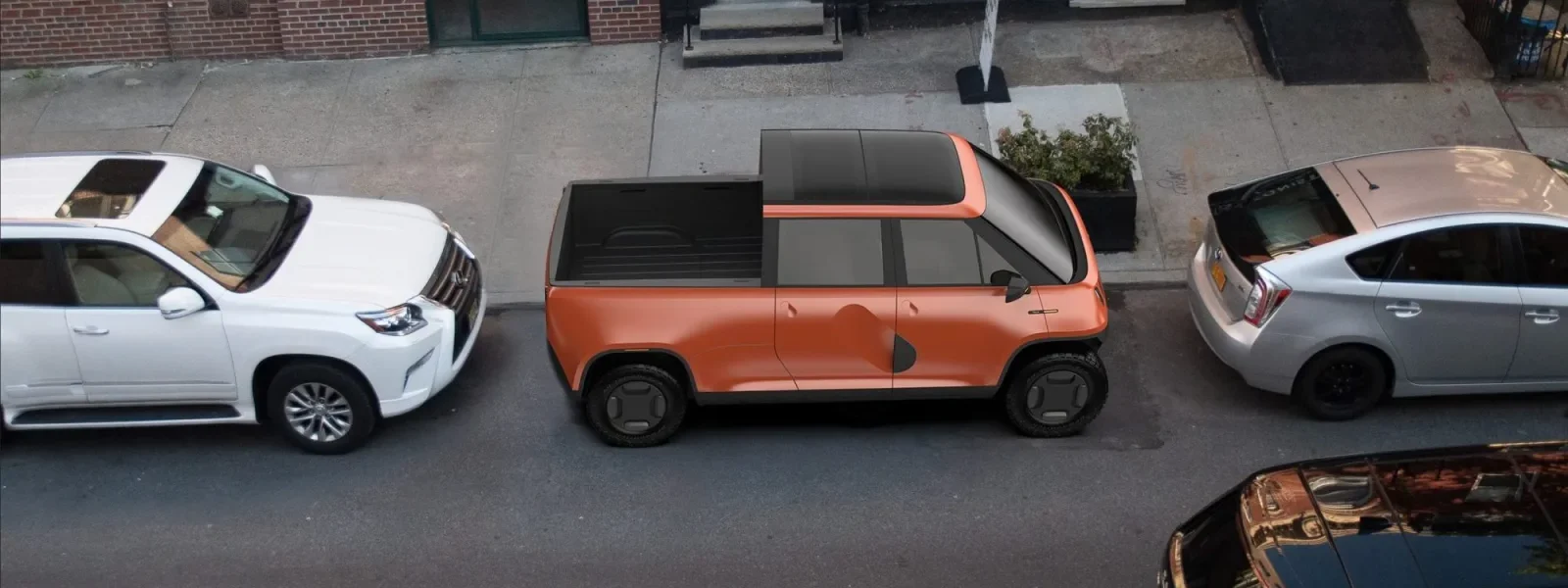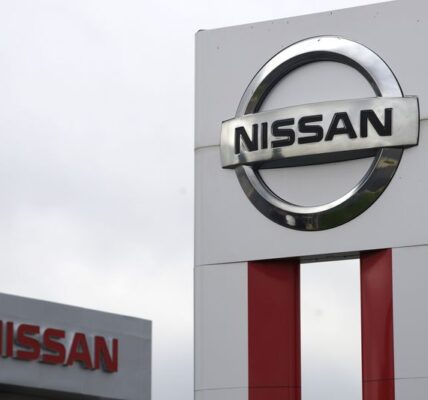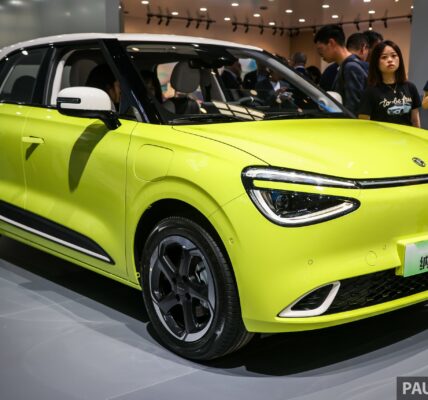TELO is a new electric truck startup based in Silicon Valley that aims to provide an electric truck with the capabilities of today’s full-size pickup trucks, but in a right-sized package that actually fits in a city.
TELO is a startup cofounded by Jason Marks, who led ADAS/Autonomous drive test programs at National Instruments, and EV industry veteran Forrest North, an early Tesla Roadster engineer, cofounder of Mission Motors and former COO of Recargo/Plugshare.
The startup is still in its early stages, but has big plans for its tiny electric truck, with a spec sheet of some pretty unbelievable specs.
TELO plans to offer a 106kWh battery on its first model, with a dual motor configuration capable of 500 horsepower. This gives the truck a 0-60 time of about four seconds, with a top speed of 125mph.
The company estimates that the truck will have a range of 350 miles, and is targeting a 20-minute charge time from 20-80% capacity (this works out to about a 190kW average charge rate from 20-80%, though it should be able to take about a 320kW peak).
All of this comes in an incredibly small package. It’s only 152 inches long – the same length as the electric Mini Cooper SE. That’s five feet shorter than the Toyota Tacoma, the best-selling “compact” pickup truck in America, and six and a half feet shorter than the F-150 Lightning. And at 4,400 lb., it weighs less than a Tesla Model Y.
Somehow, though, despite the Mini having four seats at that length, TELO promises to fit five seats and the 60″ bed of a full-size truck, same as the base model crew cab Tacoma. That’s six inches longer than the 54″ bed of the Rivian R1T, six inches shorter than the 66″ bed of the F-150 Lightning, and the same length as the excessive Hummer EV “supertruck,” though with 49 inches between the wheels, the TELO is a little narrower than each.
TELO says that in order to achieve this space-efficiency, it has chosen to optimize for space at all points in the design process. These design choices can be summarized as “good enough to be amazing, but we don’t have to be the best,” said TELO. By not going over-the-top with any particular spec, the company can save space and money.
For example, TELO says its battery – which uses standard 21700 cells – will be 50% more space efficient than the rest of the industry because it is able to save space with lower-amperage connections since it’s not aiming to break any records with 0-60 times like some other big-battery EVs. The front overhang is minuscule to ensure every part of the truck’s footprint is usable space (and that divot on the side helps channel turbulent air away from the exposed tires). And the front of the truck bed is the back of the rear seats, so that’s one fewer body panel or seat part that needs to be designed, tooled, produced, and attached to the vehicle.
On that point – the rear seats act as a mid-gate, and can be folded down to create a flat surface long and wide enough to carry full 4×8 sheets of plywood or a nine-foot surfboard even with the tailgate up (and potentially fully enclosed by a tonneau cover, though TELO has not yet decided if one will come standard).
Even without a tonneau cover, the truck will have enclosed storage in the form of a tunnel storage compartment, which will function similarly to Rivian’s “gear tunnel.” This has been a popular feature on the Rivian, as a place to store dirty items that you don’t want to throw into an open bed, or to use the tunnel door itself as a seat or as a step to access gear on a roof rack.
But on the TELO, the tunnel can also be accessed from above by removing part of the truck bed. This doesn’t just give more options for accessing storage, but opens up a whole new possibility for rear passengers.
As if two rows and a huge bed weren’t enough, TELO plans to offer an optional camper shell and bolt-in third-row seats, bringing total seating capacity to eight total passengers, says the company. In this configuration, the tunnel gets used as the footwell for the rear passengers.
Alternately, the camper shell can be used without third-row seats for enclosed storage, and TELO wants to connect it to vehicle HVAC, which could be useful for businesses or for owners who often carry pets around in the back.
The truck will be capable of V2L, with outlets in the bed, though TELO hasn’t decided how much draw it will be capable of yet.
TELO is being built with safety in mind from the get-go. Despite the short front-end with only one inch of overhang over the front wheels (on a 111.5-inch total wheelbase), the seating position is not entirely cab-over and occupants are still hidden behind a crumple zone. But in keeping with Marks’s previous expertise working on ADAS testing systems, TELO claims it has several innovative electronic aids for both driver and passenger safety planned, though it couldn’t elaborate on what specific technologies it had in mind.
But more importantly, a small electric truck is inherently safer for roads, pedestrians, and for the environment. In recent years we have seen a trend toward massive land yachts taking over the road (yet with less utility and smaller beds), with SUV and truck sales skyrocketing. And it’s been no coincidence that pedestrian deaths have risen rapidly in sync with sales of larger vehicles that often leave pedestrian safety as an extreme afterthought.
Not only do these massive trucks and SUVs harm pedestrians, they also cause more road damage, run through more tires (causing more particulate pollution from tire particles), contribute to sprawl, and use more resources both to manufacture and to operate. It’s all bad, it’s all dangerous, and we need to do something about it.
TELO offers a solution here. It’s a vehicle that has the capability of a full-size truck, but uses far fewer resources and is less of a danger to everyone around it. And for a global population that is both growing and urbanizing, small urban EVs are going to be important both for city dwellers who need or choose to have a vehicle, and for businesses that need cargo space but would benefit from a smaller vehicle.
And the company thinks that the market is ready for a truck like this. There has been some pushback brewing against rising vehicle sizes lately, and even “compact” trucks like the aforementioned Tacoma are several feet longer than this vehicle. Crossover SUVs are popular because people want cars that have more space and utility, but aren’t as big as a truck or full-size SUV.
So what if they could have even more utility in an even smaller package? It could be a hit, especially given that there isn’t anything else like it on the American market (and small delivery trucks are already popular in both Europe and Asia, so there’s your proof-of-concept).
TELO is currently targeting a price of $50K before incentives, and it should qualify for Inflation Reduction Act tax credits too. In the future, TELO wants to offer a version with a smaller battery and single motor, presumably with a lower price. This would be good for people who know they don’t need a huge 350-mile battery, or for businesses with set routes or mostly intracity travel. But, like most startups, the focus will be to start upmarket and deliver one highly equipped version to start off, then expand with other options later.
As for planned delivery, there are several steps to go before then. TELO wants to have a running prototype by the end of summer, a press vehicle by the end of the year, to do homologation (crash/aero analysis) over the course of the next year and conclude all of those preproduction steps in 2024. Then, it hopes to have the first 500 hand-built vehicles by the end of 2025, and 10,000 contract-manufactured vehicles in 2026.
These are all incredibly tight timelines, and basically describe perfect execution – so, as is often the case with EV startups, there may be some “flexibility” on the above dates.








